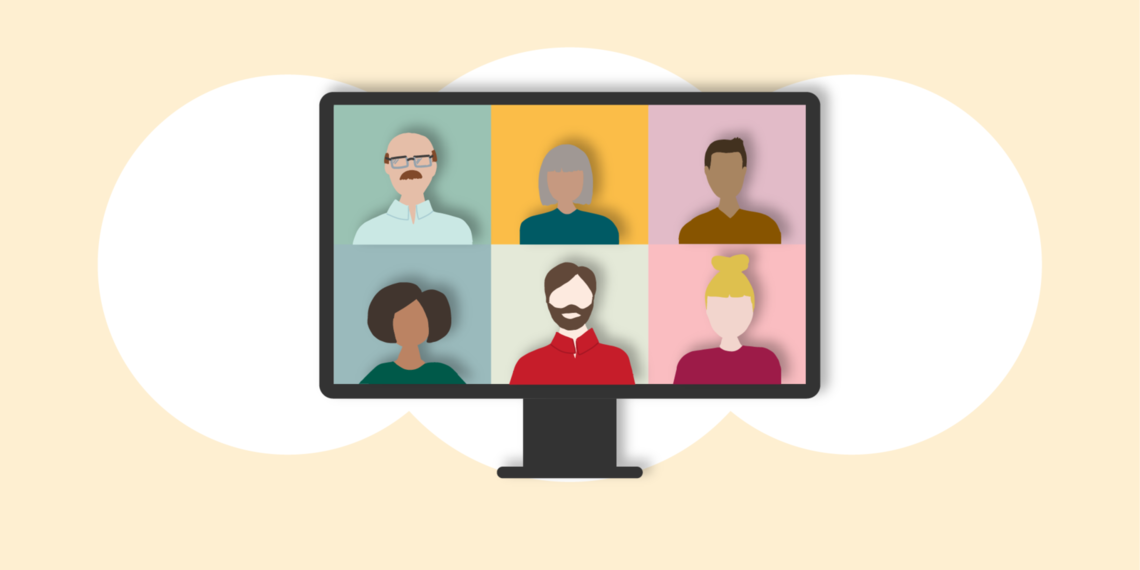e all face different challenges, adversity, negative emotions, and mal-intent from others. But there is also a core common story that we all share. We all suffer as humans on life’s journey.
My perspective on the suffering of others has been shaped by my Buddhist faith. I learned from a very young age to identify where we have commonality. Even though there is a lot of suffering and hatred in this world, we can respond with kindness and with love. There is always a point of connection that can be made with anyone.
I re-learned this important lesson a few weeks ago when I organized a group of employees to participate in a voluntary, confidential discussion group about implicit bias. What follows is instructions for creating your own discussion group. I conclude with insights from our own discussion and how we hope to move it forward.
Exploring implicit bias to build team connection
Some people's implicit and explicit beliefs coincide with each other while others do not. When they do not match, it is typically the case that people's implicit beliefs indicate more stereotype endorsement or more bias than their explicit beliefs indicate. Deep down, people have more stereotypes and prejudice than they consciously believe they do.
Begin by inviting everyone on your team to explore Harvard’s Implicit Bias website and take two of the tests available on the site. [See below.] From there, ask employees to voluntarily participate (this is key—encourage participants to self-select, but keep it voluntary) in a discussion group. Anyone interested in having a discussion about their reflections is welcome to join the group.
We started small, with a self-selected group of 12 people, out of about 60 people who are on my various teams. We found a time when we could all meet and developed a discussion guide to inform our process. You can use the following discussion guide to get your own group going.
-
Welcome. Connect with the present moment by stretching as a team for two minutes; you could also do a brief check-in.
-
Self-reflection. Open the discussion with two questions, allowing each person to respond: What brings you to the group here today? What are your intentions?
-
Ground rules/community agreement. Establish rules of conduct. Some suggestions include: confidentiality, respect, courage, and compassion (with yourself and with each other). Assume positive intent.
-
Reflection questions. Use the following questions to guide your group discussion:
-
Did your implicit and explicit stereotypes match, or your implicit and explicit prejudices match?
-
If not, how did it make you feel? Surprised, guilty, defensive, skeptical, depressed? Why? What consequences do you think the mismatch might have?
-
What do you think the sources of implicit biases are for you and how can they be altered?
-
-
Next steps. Determine, as a group, what you need to support ongoing personal growth. Decide if you will meet again, how often, and when.
Reflecting on our first group discussion
We had our first discussion group a few weeks ago. It was a wonderful and diverse cross-section of our team. We were able to speak frankly with one another and draw from our own experiences and examples. Some people had been waiting for such a forum for years and wanted to talk and share. Others were just recognizing that they have implicit bias when they didn't know it. They were awakening to that bias and wanting to learn more.
Now comes the hard work of continuing the dialogue. We are figuring out how to create more workshops and opportunities so that the group can continue to grow on this journey of race awareness. We are developing an inclusive, welcoming community where people feel safe to share their experiences, and where we respect each others’ paths.
How to prepare for your discussion
In preparation for your discussion on racism, diversity, equity and inclusion, have participants spend a few minutes looking at Harvard’s Project Implicit website.
-
Click Education and explore all four sections: Overview, About, and Ethical
-
Then, read the following sections under FAQ:
-
“What are implicit and explicit stereotypes?”
-
“Where do implicit attitudes come from? Is it me or my culture?”
-
“What can I do about an implicit preference that I don’t want?”
-
-
When you are ready, click Take a Test and take the following tests:
-
Race IAT
-
Gender-science IAT
-
-
Reflect privately on your results.
*Originally published on September 20, 2020
Maia Hightower
Physician Assistant and Associate Professor Joanne Rolls cares for sexual and gender minority patients and teaches new physician assistants how to comfortably approach sexual health as part of overall health. She shares practical tips to take an inclusive sexual health history.
Whether it was growing up in segregated Georgia, working with leaders across the country during the civil rights movement, leading a congregation at Calvary Baptist Church, or teaching an ethnic studies class at the U, Reverend France A. Davis has lived the theme of “Choosing Love Over Hate.” With the U of U Marriott Library, he shares his experiences and discusses “choosing love” in navigating today’s challenges.
Rising racist aggressions against the backdrop of an anxious and unnerving year can exacerbate the trauma racial groups and minorities experience. Megan Call of the Resiliency Center, social worker Jean Whitlock and EDI expert Mauricio Laguan explain racial trauma and how kindness, to ourselves and each other, is what this moment demands.
